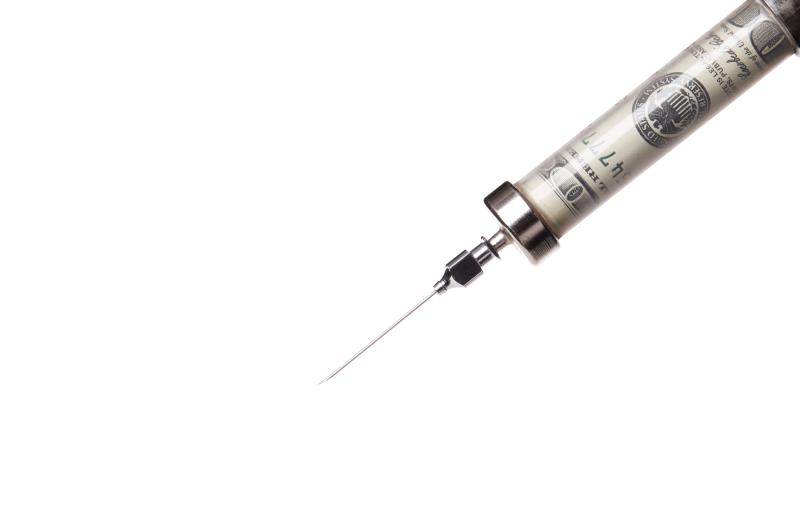Sacral neuromodulation not a pocket-friendly option for managing urinary incontinence





Sacral neuromodulation (SNM) was not as cost-effective as serial intradetrusor injections of onabotulinumtoxinA (BTX) for the treatment of refractory urgency urinary incontinence (UUI), the ROSETTA* trial has shown.
Left untreated, UUI may affect sleep quality, sexual satisfaction, emotional wellbeing, and work productivity, hence the tremendous impact on quality of life (QoL). [BJU Int 2008;101:1388-1395; Obstet Gynecol 2005;106:585-592]
First-line remedies for UUI are behavioural modification and fluid management, followed by medication (eg, anticholinergics, beta-adrenergic medications). [JAMA 2017;318:1592-1604; J Urol 2012;188:2455-2463] SNM and BTX are mostly used as third-line treatment strategies for women with refractory UUI.
“Understanding the relative cost per improvement in health-related QoL may help patients, clinicians, and payers make informed decisions about SNM or BTX when other therapies have failed,” said the researchers.
As such, the team evaluated the economic implications of these third-line strategies using the ROSETTA cohort comprising women (n=386; mean age 63 years) with ≥6 UUI episodes for whom other therapies had failed. Participants were randomized 1:1 to receive either two-stage SNM implantation or 200 units of BTX. [J Urol 2020;203:969-977]
At 2 years, no differences were observed between SNM and BTX in terms of mean reductions in daily UUI episodes (–3.00 vs –3.12) or QALYs** (1.39 vs 1.41).
In terms of cost however, the figures for SNM were significantly higher than those for BTX, both at 2 years (cumulative mean/person cost, US$35,680 vs US$7,460) and at 5 years (estimated cumulative mean/person cost, US$36,550 vs US$12,020; p<0.01 for both).
“[Our findings suggest that] although both were effective, the high cost of SNM is not good value for treating UUI vs BTX,” said the researchers.
Despite the relatively large sample, the findings were generally based on trial use and endpoint values for health-related QoL and bladder diaries, noted the researchers. The procedures involved in the installation and maintenance of the SNM device were also not taken into context, they added. “SNM reprogramming, revisions, and removals were conservatively not included [in the analysis], which could [have] underestimated costs for the SNM group.”
Also, the findings might not be generalizable to other BTX doses and other populations (ie, men with lower urinary tract symptoms, women primarily with urgency and frequency, or women with faecal and urinary incontinence), they added.
While the 2-year follow-up appears sufficient, the researchers still suggested a longer-term follow-up period to obtain BTX re-injection data (to explore potential reductions in efficacy with multiple injections) and evaluate dropout and crossover rates for both modalities, as well as determine the length of time required before SNM neurostimulator replacement.
“A longer study would determine whether changes, such as increased frequency of BTX injections or reduction in SNM costs with new technology, would alter the cost landscape and the cost-effectiveness conclusions,” they said.